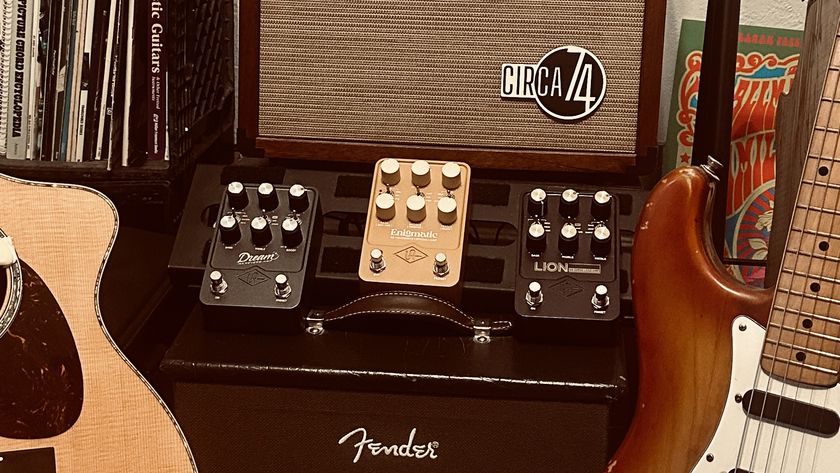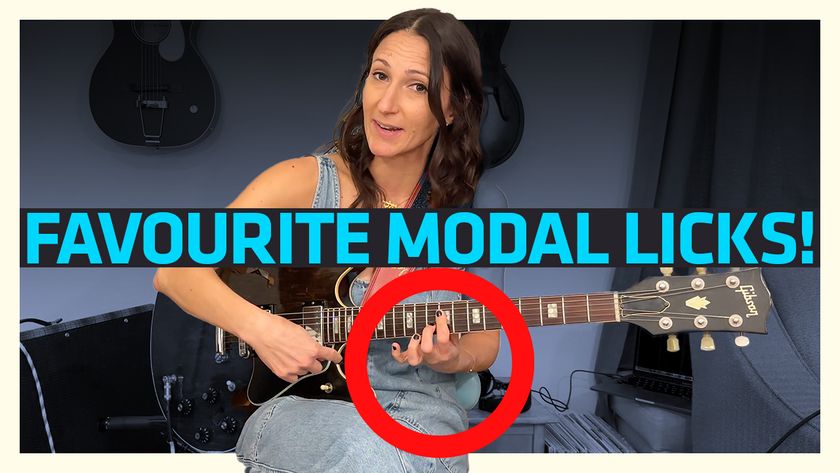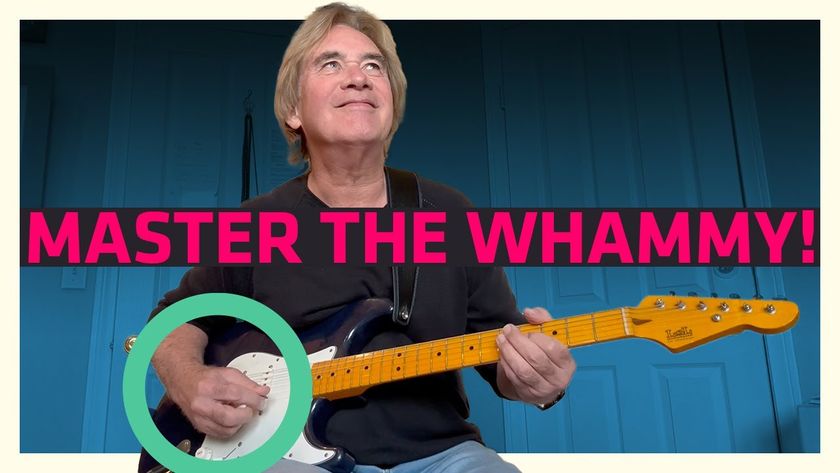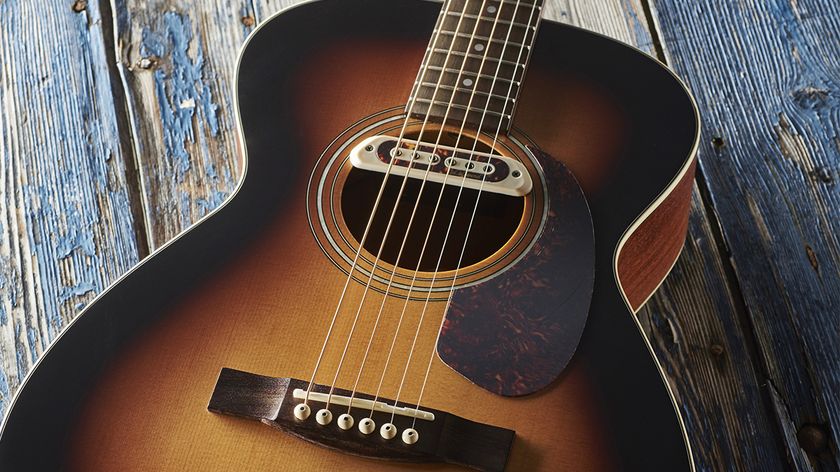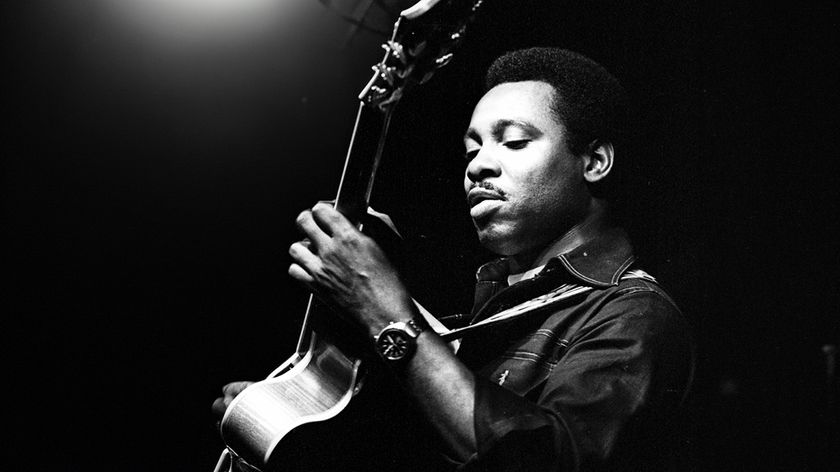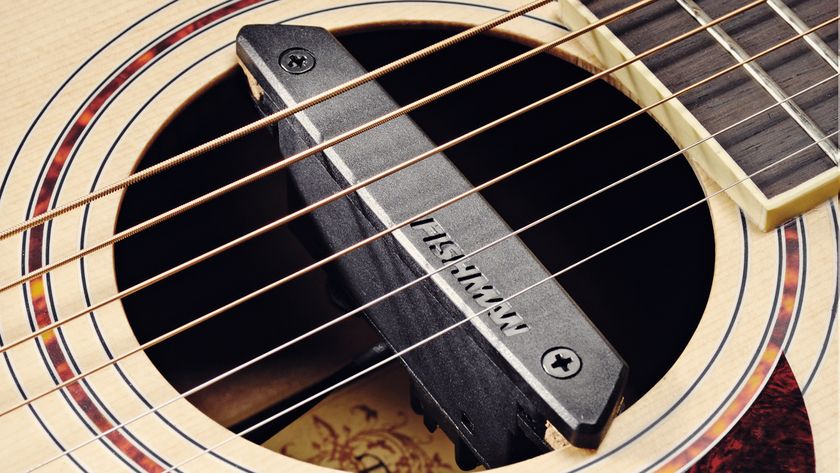“Putting in the Work Is How You’re Going to Become a Better Player”: John Petrucci’s Top Ten Tips for Guitarists
The Dream Theater axeman offers advice to improve your chops and guarantee a long, healthy and knowledge-filled guitar life

John Petrucci has been at the forefront of progressive guitar playing ever since Dream Theater released their 1992 breakthrough album, Images and Words, which spawned the surprise hit single “Pull Me Under.”
Since then, Petrucci has continually pushed the outer limits of the six-string world in terms of speed, dexterity, technical facility and creativity.
Here, he offers ten of his best tips for fellow guitar players…
1. Unplug It
“If you want to find out where you rate in terms of technical ability, it’s really effective to practice electric guitar acoustically. Don’t play through an amp. Instead, go into a tiled room, like a bathroom, where you have a little bit of natural reverb.
“Then you can really dissect your playing and figure out what’s going on with your technique, because you don’t have the sustain of distortion, or any effects or delays hiding anything. All you have is what’s actually physically happening when your hands are touching the instrument.
"That can be very revealing.”
2. Take the Time
“I’ve said this a million times, but I’ll say it again: Use a metronome. It’s very old-school, but it’s just such a great way to develop your sense of rhythm and solidify timing.
“And it’s also a great way to develop technique, because you can play along to something at a slower metronome speed and gradually increase it until you master a certain phrase or lick, instead of just sitting there frustrated, trying to play something over and over and not getting anywhere.”
3. Jazz It Up
“A long time ago, I got turned on to the Dunlop Jazz III pick, and since then I’ve developed a series of signature Dunlop picks that are pretty much based on that shape, but with some of my specs.
“The whole idea is to play with a pick that has a point on it and that is made of a hard material, where it really feels solid in your fingers. That’s something that can help with your technique and your tone. I think something about the jazz shape really helps with the accuracy.”
4. Stretch It Out
“As people play more and more and do these crazy techniques that require lots of repetitive motion, it’s so important to remember to stretch. It helps you avoid injuries like tendinitis and carpal tunnel syndrome.
“I’ve heard way too many times about players having hand issues, because all the stuff we’re talking about here requires a lot of time at the guitar, moving the pick back and forth, and moving your fingers back and forth, for hours on end. That can wear you out.
“You have to listen to your body, and that’ll keep you healthy and able to play guitar for your whole life.”
5. Come Together
“Another thing that’s important, and I guess it’s sort of twofold, is to play with other musicians and to take some time to improvise. In this world today, where all of us have home studios and it’s so easy to stay in and create stuff and share it publicly, you can do everything without seeing a single person.
“But there’s something to be said for getting out there and jamming and working on your improvisational skills, which is really just creativity on the spot. It’ll help you become a more well-rounded artist, and it can actually help you develop your voice as a player.”

6. Hone Your Tone
“Working on your tone is very important. No matter what equipment you’re playing through, there are probably varying degrees of quality of tone you can get out of it. So whether you’re working with a certain level of guitar, or real tube amps versus plug-ins versus modeling amps, spend time trying to figure out and know what good tone is.
“That way, when you’re presenting yourself in whatever setting, whether it’s onstage or in the studio, you’ll know when it sounds good. It seems so basic, but you know, there’s nothing worse than hearing a really crappy guitar tone. If it’s annoying or too shrill or whatever, you almost can’t listen past the tone to what the person is actually playing.”
7. Don’t Ignore It. Record It.
“Record your ideas. It doesn’t have to be done in any sort of fancy way, but as you’re playing, if something comes to you creatively, don’t ignore it; record it.
“When I was younger I would do it with cassettes, but it’s so much easier now because everybody has a phone. So just get it down. You might listen back to it later and it could turn into a whole song. It happens to me all the time.
“‘Fall Into the Light’ on Distance Over Time was like that. There were riffs that I recorded on my phone and saved them for later, and it turned into a fully-fledged song.”
8. Work Those Chords
“Depending on their style, certain guitar players are very, very much into chords, while other players sort of ignore them. It’s so much fun to play single notes and solo and play riffs. But studying complex chord forms is one of the things that really helped me develop as a player, and helped me develop my sense of melody and improvisation.
“I’ve said this before, but the book Chord Chemistry by Ted Greene is one of the greatest chord books ever. You pick a page from that book and you’ll be there for a month.
“Songs like ‘Pull Me Under’ and ‘Take the Time’ and ‘Another Day’ [all from Images and Words] were largely influenced by that book. Studying chords is a great way to explore creativity."
9. Ask And You Shall Receive
“Ask a lot of questions. Don’t be shy. This is why things like my Guitar Universe camp are great, because you’re in a setting where there’s a community of players of all different ages from all over the world, and they’re wanting to know how you do this, how you do that – everything from getting a sound to gear, songwriting, recording, licks and playing fast.
“It’s something I do not only in that setting but whenever I’m hanging out with fellow guitar players or even the guys in my own band. If you’re curious about how somebody does something, you’ll find you can learn so much just by being inquisitive.
“Take advantage of that, because it can really help you to grow as a player.”
10. Be Consistent
“This is a big one, and it’s especially useful for developing advanced technique. If you never went running and ran a marathon, you’d probably fall on your face after 200 feet. But if you had a year to train for it and you ran every day, and if you dieted and did everything you needed to do, you could run that marathon in a year. Guitar playing is the same way.
“Achieving a high level of technique is not something you can cram for in a day or a weekend. You need to put in the time as consistently as possible. When you don’t, that’s when you get frustrated and you put the guitar down more often than you pick it up.
“The fact that you’re putting in the work is how you’re going to become a better player.”
Get The Pick Newsletter
All the latest guitar news, interviews, lessons, reviews, deals and more, direct to your inbox!
Rich is the co-author of the best-selling Nöthin' But a Good Time: The Uncensored History of the '80s Hard Rock Explosion. He is also a recording and performing musician, and a former editor of Guitar World magazine and executive editor of Guitar Aficionado magazine. He has authored several additional books, among them Kurt Cobain: Montage of Heck, the companion to the documentary of the same name.

"It’s like you’re making a statement. And you never know where it’ll lead." Pete Thorn shares the tip that convinced Joe Satriani he was the right guitarist for the SatchVai Band

"This is something you could actually improvise with!" Add vibrant rhythms and sophisticated chords to your guitar playing with Jesse Cook’s five essential flamenco techniques



